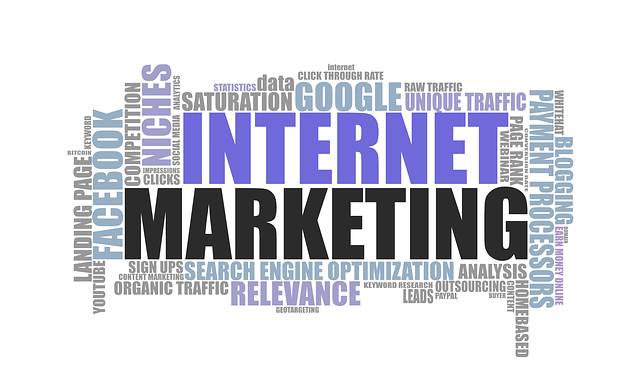AI analytics is revolutionizing commercial landscaping by optimizing green space management through data-driven insights. Using machine learning, this technology predicts fertilization needs, water requirements, and planting seasons, enabling efficient resource allocation and informed decisions based on unique area characteristics. By streamlining operations, reducing labor costs, and minimizing environmental impact, AI analytics fosters healthier urban landscapes year-round. Key benefits include precise fertilization schedules, predictive plant growth models, early pest identification, tailored solutions, and optimized water usage, contributing to sustainable practices and vibrant green spaces.
“Revolutionize your commercial landscaping with AI analytics! This article explores how advanced technology is transforming green space management. We delve into the potential of AI analytics in understanding complex landscape patterns and user behaviors, paving the way for efficient resource allocation.
Section highlights include: Automating fertilization schedules through machine learning, maximizing efficiency, and reducing costs. Discover the benefits and future prospects of AI-powered green space management, as we navigate towards a more sustainable and intelligent environment.”
- Understanding AI Analytics in Commercial Landscaping
- Automating Fertilization Schedules with Machine Learning
- Benefits and Future Prospects of AI-Powered Green Space Management
Understanding AI Analytics in Commercial Landscaping

In the realm of commercial landscaping, Artificial Intelligence (AI) is revolutionizing how we care for our urban green spaces. AI analytics for green space usage offers a sophisticated approach to optimizing land maintenance. By leveraging machine learning algorithms and data-driven insights, this technology can analyze patterns in plant health, weather conditions, and historical usage data. This enables precise predictions of fertilization needs, water requirements, and ideal planting seasons.
The integration of AI analytics streamlines landscaping processes, enhancing efficiency and sustainability. It helps landscape managers make informed decisions tailored to each area’s unique characteristics. For instance, the system can identify high-traffic zones that require more frequent maintenance or areas with specific plant species needing specialized care. This proactive approach not only saves time and resources but also contributes to healthier, more vibrant green spaces.
Automating Fertilization Schedules with Machine Learning

In today’s digital era, AI analytics for green space usage is transforming how we maintain our outdoor spaces, starting with automated fertilization schedules. Machine learning algorithms can analyze vast datasets, including weather patterns, soil conditions, and plant growth rates, to determine the optimal time and amount of fertilizer application. This not only ensures plants receive the nutrients they need but also minimizes waste and environmental impact by preventing over-fertilization.
By leveraging AI, commercial landscaping services can streamline their operations, reduce labor costs, and enhance the health of green spaces. These advanced systems can learn from historical data and adapt to changing conditions, making them highly effective in maintaining lush and vibrant landscapes throughout all seasons.
Benefits and Future Prospects of AI-Powered Green Space Management

The integration of Artificial Intelligence (AI) into commercial landscaping offers a promising future for efficient and sustainable green space management. One of the key benefits is the ability to optimize resource allocation, particularly in fertilization schedules. AI analytics can analyze vast amounts of data from various sensors and satellite imagery to understand plant health, soil conditions, and weather patterns. This enables precise, data-driven decisions on when and where to apply fertilizers, minimizing waste and environmental impact. By automating this process, landscaping teams can save time and reduce manual labor costs.
Looking ahead, AI-powered green space management has the potential to revolutionize urban landscapes. Advanced machine learning algorithms can predict plant growth, identify pest issues early on, and suggest tailored solutions for each specific area. This proactive approach ensures healthier plants and reduces the need for chemical interventions. Additionally, AI analytics can contribute to more sustainable practices by optimizing water usage and monitoring energy consumption in irrigation systems. As technology advances, we can expect even smarter, eco-friendly solutions that enhance the beauty and resilience of our urban green spaces.
AI analytics is transforming commercial landscaping by optimizing green space management. Automating fertilization schedules through machine learning not only enhances plant health and reduces resource waste but also contributes to more sustainable and efficient urban environments. As AI continues to evolve, its role in tailoring care to specific greenery needs will become increasingly vital, promising a greener and healthier future for our cities. By leveraging AI analytics for green space usage, professionals can ensure vibrant landscapes that thrive with minimal environmental impact.
